Insert Moulding: The Ultimate Guide
- Home
- > Blog
- > Insert Moulding: The Ultimate Guide
Share :
Share :
Moulding is the procedure of transforming raw plastic into the needed finished shape or form. Every type of product necessitates a particular moulding method, and the over-moulding procedure and insert moulding designs types are amongst the best on the market.
The traditional plastic production procedure is melting or softening the plastic at high temps, then moulding it into usable shapes using specific methodologies.
Following design requirements for plastic over-moulding, moulding is used to make almost any moulded elements out of plastic. Moulding techniques are used to make a plastic chair or anything else made of plastic.
In this post, we’ll go over the many design features of insert moulding in great depth. The goal of this post is to go over the world’s most popular and recommended moulding process (insert moulding), its working approach, design parameters, perks, and uses in many industries.
What is Insert Moulding?

Metals and plastics are moulded together in a moulded part, or various metals or substances are moulded together in a particular moulding part. Metal insert moulding is also known as metal screw/brass insert moulding, and insert moulding is also known as over-moulding.
Insert moulding is utilized in a variety of industries, including automobiles, cooking utensils, household appliances, gadgets, gadgets, knobs, electrical parts, and more.
Insert Moulding Procedure

The procedure is similar to injection moulding in that it uses the same injection moulding machine to infuse liquid raw resources into a plastic mould, the plastic is then consolidated by cooling systems- and finally, the press opens and the moulded parts are released. The only difference is that before the mould closes, place metals in the mould and repeat the injection moulding procedure.
The substances used in insert moulding are the same as those used in injection moulding, with the exception that metal is added to the mould before it is closed. The same thermoplastics are utilized for intensity. Identical mould steel, mould framework, and moulding machine; in rare cases, a perpendicular injection moulding machine may be required for a unique situation, but all are thermoplastic injection moulding machines.
Some injection moulding companies utilize vertical/vertical injection moulding presses that rely on gravity to assist in the insert moulding procedure by keeping the insert in place while the mould is closing. During the sealing of the mould, place the insert in place.
Most vertical insert moulding equipment provides the option of using several underside mould pieces with a unique cavity side. While one of the bottom halves is moulding with the cavity side, the other can be filled with metals and other inert moulding ingredients.
Cycle time is minimized because multiple lowest part halves allow inserts to be inserted in one bottom section while the other is in the moulding procedure.
Design Principles
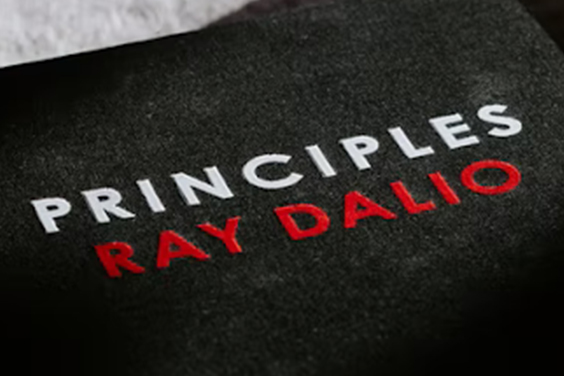
In many aspects, the insert moulding design principles are useful to product manufacture. Insert moulding design criteria are comparable to those for traditionally moulded items. Consistently utilized principles include maintaining constancy in wall thickness, introducing a draft for ejecting the part, and so on.
When considering insert moulding, though, several particular concerns must be taken into mind. Because injection moulding inserts are inserted within the mould, the location of the insert must be carefully considered. It’s also crucial to keep them in place while the moulding is taking place. Additional elements, such as the undercut design, can contribute to enhancing the insert’s robustness.
Here are a few examples of how moulding design must be carried out in a specific method.
The Mechanisms

For product innovation, the method necessitates the use of modern moulding equipment.
These vertical gadgets are designed for inserting injection moulding in the plastic moulding procedure and have a set of design standards that the engineering team must follow.
The machines have an extremely tight forbearance, which ensures that the plastic arts data is exact in plastic injection moulding. Even a minor mismatch in millimetres can result in a defective product.
The Inserts
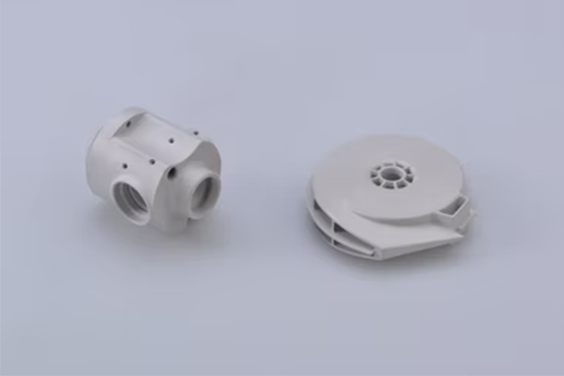
Inserts are utilized in the design engineering of moulded components in a variety of ways. Brass, stainless steel, or regular steel are commonly used as metal inserts in plastic moulding.
These moulds contain threaded exteriors that help them stick to the product better.
The moulds are put perpendicularly in the machine, whether by hand or by CNC machining. With the force of gravity, the perpendicular posture ensures that the mould remains in place throughout the moulding and insert moulding.
The molten polymer is now gushed into the mould, which is then closed.
Thread Alternatives

For the manufacture of insert moulds, various thread alternatives are obtainable.
Thread choices are methods for the maker to insert pipes, screws, or other objects into the mould at the given spot. It could also refer to a mould into which the screw will be put.
The goal is to prevent the product from being forced into the mould. Because the product must be attached to exterior circuits in a variety of ways, the mould will keep it operational and usable.
Materials for Insert Moulding
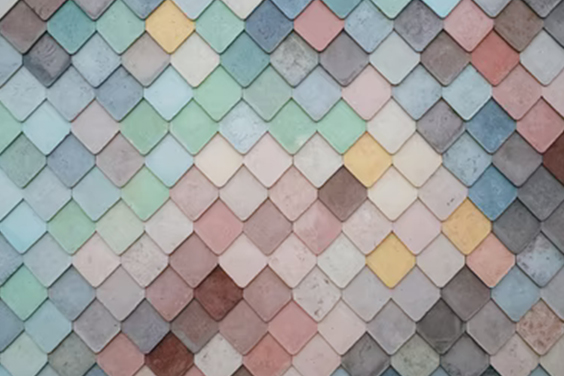
In an insert moulding procedure, a variety of materials are used.
The moulding substance or plastic resin is selected based on the mould, the item’s material, and other characteristics such as chemical bonding, additive producing, mechanically bonding, and the completed 3D print item’s wall thickness.
The key goal is to make sure the mould is functional and long-lasting during the moulding procedure.
Traditional Plastic Injection Moulding vs. Insert Moulding
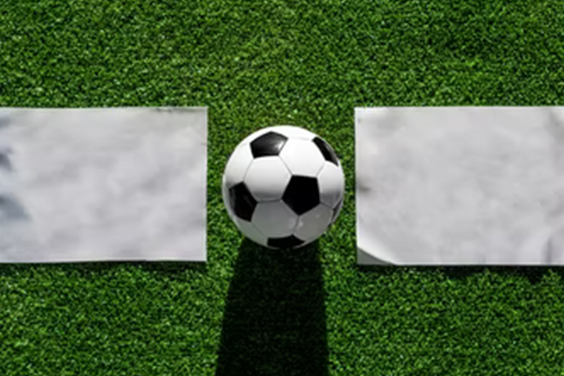
Fastening two components together is one of the most important characteristics in the plastic injection moulding procedure. As a result, more than one metal insert must be inserted into the plastic component.
Unfortunately, most plastic polymers that we are familiar with lack the mechanical characteristics required to effectively bind the two sections together. Threads inside the plastic part can be worn out quickly, preventing the two sections from being fastened effectively. As a result, many parts fail or are of poor quality.
Metal inserts, on the other hand, improve the qualities of plastics and ensure that the two pieces are fastened securely.
The procedure of injecting one or more plastic resins to form a finished item is known as injection moulding.
When it comes to the next step, what is overmolding?
On the other hand, overmolding is the procedure of moulding a plastic layer over a heretofore moulded component. As a result, overmolded polymers are made in two steps.
Insert moulding innovation has the benefit of combining two independent elements into a single product in one stage.
Advantages of Insert Moulding

As previously said, the insert moulding procedure is utilized to create parts that are tougher and more durable than other solutions. This plastic moulding technique (insert moulding) is a superior and more appropriate solution for your moulding requirements in the following ways:
- The substances used in the insert moulding design were chosen with the item used in mind. This guarantees that the material is suitable for a wide range of items, both commercial and residential.
- In comparison to other moulding methods, insert moulding is less expensive and time-consuming. Because insert moulding is a one-step procedure, assembly and labour expenses are reduced altogether.
- Screw ups, disordered, and loose pieces are not a problem with insert moulded parts. Since it does not necessitate any assembly procedures, this makes the procedures considerably more trustworthy and trustworthy than other approaches.
- Insert moulding allows for design pliability and the creation of custom-shaped parts for a variety of materialized and industrial uses.
- The insert mould items can be designed to be ornamental, and they can be utilized to make semi-decorative items.
- The insert mould gives the product structure and a nice finish on the outside.
- The insert moulding design is often employed in the construction of household items.
- The whole thing is fashioned out of a single sheet of plastic.
Uses of Insert Moulding
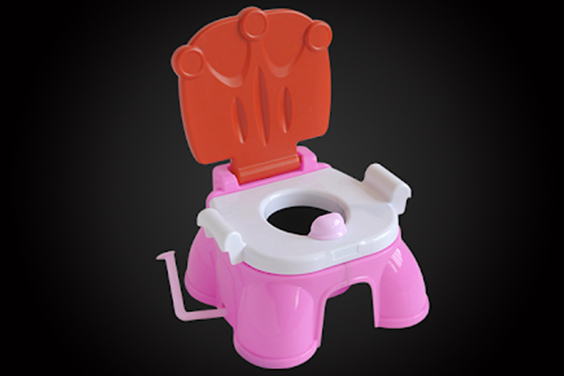
Insert moulding, as previously stated, is cutting-edge technology in the field of plastic injection moulding. In addition, it is thought to be more efficient than traditional methods.
The insert moulding process is preferred not just for its lower fabrication and labour costs, but also because it enhances the performance of components by lowering weight and size while increasing strength and structure.
This is probably why insert moulding is used in so many different industries, including automobile, consumer products, medical, electronics, aerospace, and so on.
Insert moulding is in high demand for anything from medical equipment like tube valves and needle hubs to handles for electrical gadgets, switches, electrical parts, assemblies, and more.
Since it is manufactured in comparably smaller equipment, the insert moulding technique is also employed to develop compact items. As a result, the end product is little. Overmolding produces substantially larger objects, and it takes a long time to make them.
Smaller goods with a corporate focus that need a soft grip, additive production, and laser sintering are best suited for injection moulding.
Overmolding is commonly utilized to manufacture goods for heavy machinery since this procedure of mould tooling results in an item that is extremely strong and durable.
Insert moulding also ensures an enduring and high-quality item, but not on an industrial scale because it necessitates a specific design for production.
Plastic insert moulding can be done at home or in small workshops, but the overmolding procedure necessitates a proper production site, such as a plastics production plant, for item development and design engineering.
Conclusion
Finally, insert moulding design is superior to other types of moulding as a technique. The reason for this is that other types of moulding are older technology, whereas insert moulding design is the most recent technology accessible. It allows you to work with a variety of materials and build complicated part geometries.
In addition, at Immould, we are very much equipped for any type of moulding. Our team of qualified staff are thoroughly trained to offer the best products of insert moulding. Reach out to us and we will be more than glad to fulfil your design products and offer the highest quality.
